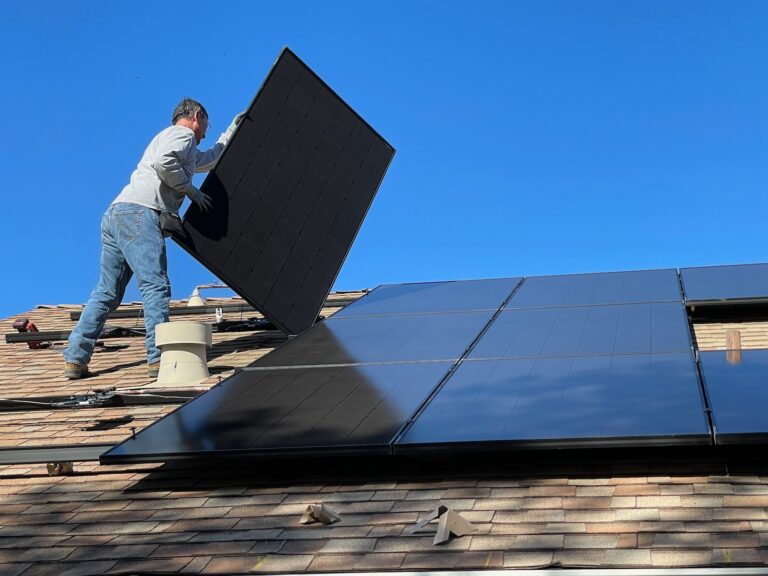Sydney Startup Unveils Ultra-Thin Space Solar Cells—Promising Tenfold Cost Savings
Sydney — Australian space tech firm Extraterrestrial Power has revealed a breakthrough in solar cell design: ultra-thin, space-grade panels that can be mass-produced at a fraction of current costs. Backed by the Australian Space Agency’s Moon to Mars initiative, the innovation could disrupt the rapidly growing satellite industry by offering lightweight, durable, and radically cheaper energy solutions for orbit—and eventually, Earth.
Thinner, Cheaper, Tougher
Traditional space-grade solar cells are bulky and expensive, designed to withstand extreme radiation, temperature swings, and vacuum conditions. Extraterrestrial Power’s cells, however, are thin enough to leverage terrestrial mass-production techniques while maintaining the efficiency and robustness needed for space survival. The company claims its cells cost up to 10 times less than existing models, a potential game-changer for satellite makers racing to meet soaring demand for low Earth orbit (LEO) constellations.
“We’re bridging terrestrial solar investments with space applications,” said CEO Peter Toth. “Our high-throughput manufacturing approach ensures scalability for the thousands of satellites needed in LEO mega-constellations.”
Proven in Space, Eyeing Earth
The cells were first tested in 2023 on Caltech’s landmark space-based solar power experiment, which successfully beamed energy wirelessly to Earth. In 2024, they hitched a ride on the NSW government-supported Waratah Seed mission, further validating their durability.
While space remains the primary target, Toth sees terrestrial potential: “Thinner cells mean lighter materials for portable solar gear, like backpacks or drones. Broader Earth applications could follow.”
Skepticism Amid Optimism
Despite excitement, experts caution that long-term reliability in harsh orbital environments remains unproven. “Mass production is one thing; surviving years of radiation bombardment is another,” noted Dr. Emily Chen, a spacecraft systems engineer at the University of New South Wales.
Others question if cost savings will trickle down quickly. “The space supply chain is notoriously slow to adopt new tech,” said industry analyst Marcus Rowe. “Proving ROI to risk-averse satellite firms won’t be easy.”
A Boost for Australia’s Space Ambitions
The Australian Space Agency’s backing underscores the project’s strategic value. As global satellite production surges, the technology aligns with efforts to position Australia as a key player in sustainable space infrastructure.
What’s Next?
Extraterrestrial Power is scaling production and pursuing partnerships with global aerospace firms. If successful, its cells could slash costs for satellite operators and pave the way for next-gen solar solutions—both in orbit and on Earth.
Key Takeaways
- Innovation: Ultra-thin, mass-producible solar cells cut space-grade panel costs by 90%.
- Applications: Satellites, LEO constellations, and future lightweight terrestrial uses.
- Challenges: Long-term space durability, industry adoption speed.
- Support: Funded by Australia’s Moon to Mars program, tested on Caltech and Waratah missions.






